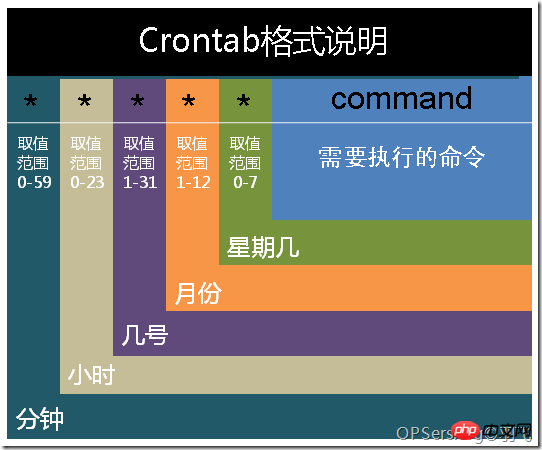在ubuntu系统中,你可以使用inotify-tools来监控文件系统的变化,或者使用systemd的watchdog功能来监控系统状态。以下是两种方法的详细步骤:
方法一:使用inotify-tools监控文件系统变化
-
安装inotify-tools:
sudo apt update sudo apt install inotify-tools
-
创建一个脚本来监控特定目录或文件: 例如,创建一个脚本monitor.sh来监控/etc目录的变化:
-
赋予脚本执行权限:
chmod x monitor.sh
-
运行脚本:
./monitor.sh
方法二:使用systemd的watchdog功能监控系统状态
-
创建一个systemd服务单元文件: 例如,创建一个服务单元文件/etc/systemd/system/my-watchdog.service:
[Unit] Description=My System Watchdog Service [Service] ExecStart=/usr/local/bin/my-watchdog.sh Restart=always RestartSec=5 [Install] WantedBy=multi-user.target
-
创建一个脚本来监控系统状态: 例如,创建一个脚本/usr/local/bin/my-watchdog.sh来监控CPU使用率:
#!/bin/bash while true; do cpu_usage=$(top -bn1 | grep load | awk '{printf("%.2f"), $(NF-2)}') if (( $(echo "$cpu_usage > 80" | bc) )); then echo "High CPU usage detected: <span>$cpu_usage%"</span> # 在这里添加你想要执行的操作,例如发送邮件或重启服务 fi sleep 60 done -
赋予脚本执行权限:
chmod x /usr/local/bin/my-watchdog.sh
-
重新加载systemd配置:
sudo systemctl daemon-reload
-
启动并启用服务:
sudo systemctl start my-watchdog.service sudo systemctl enable my-watchdog.service
通过这两种方法,你可以有效地监控Ubuntu系统的状态和文件系统的变化。选择哪种方法取决于你的具体需求和应用场景。
© 版权声明
文章版权归作者所有,未经允许请勿转载。
THE END

















